
Introduction
Hello everyone! I'm a post-95s generation gardening enthusiast who loves life. Two years ago, I started growing flowers and vegetables on my balcony. From knowing nothing as a complete beginner, I've learned through trial and error to now enjoying daily surprises from my little garden. I've honestly made quite a few mistakes along the way, and today I'd like to share my experience to help you avoid the same pitfalls - after all, growing your own vegetables and fruits is incredibly rewarding!
Choosing the Right Location
Selecting the right growing location is extremely important! I made a major mistake when I first started. I thought the corner of the balcony was fine and wouldn't take up much space, but those seedlings all grew like bean sprouts - thin and weak - before completely failing. Later I learned it was because that spot never got any sunlight. So the first step is really finding a spot with abundant sunlight, ideally with 6-8 hours of daily sun exposure.
I put in considerable effort to find the most suitable location. I used my phone to track the sunlight conditions across different balcony spots throughout the day and discovered that the south-facing area of my balcony was perfect, getting sun from 8 AM to 4 PM. With such lighting conditions, everything grows exceptionally well.
Another major pitfall was drainage. When I first started planting, I excitedly bought many pots and started planting directly in soil. The result? All the plants died from root rot because I didn't create a drainage layer. I'm much smarter now - I layer gravel or clay pellets at the bottom of each pot before adding soil. This prevents water from pooling at the bottom and allows the plant roots to breathe fresh air.
Regarding pot selection, it took several attempts to find the most suitable ones. While plastic pots are cheap and lightweight, they heat up too quickly in summer; ceramic pots have good air permeability but are expensive and fragile. I finally chose resin pots that imitate ceramic - they're both attractive and practical, with a moderate price point.
Balcony space planning is also an art. I divided my balcony into three zones: growing area, seedling area, and tool area. The growing area is for mature plants, the seedling area is specifically for nurturing seedlings, and the tool area is for storing various gardening tools. This zoning not only looks neat but also makes work convenient.

Soil Preparation
Soil is like a plant's "home" - preparing good soil is key to successful growing. At first, I just bought the cheapest all-purpose potting soil, but the plants didn't grow well. Later I discovered that different plants have different soil requirements.
Now I mix soil according to each plant's characteristics. For succulents that prefer well-draining sandy soil, I add vermiculite and perlite to the potting mix; for leafy vegetables that like rich soil, I add more humus and compost.
Speaking of compost, this is one of my specialties. I don't waste any kitchen scraps - fruit peels, vegetable leaves, coffee grounds, and tea leaves are all great composting materials. I have a dedicated compost bin on my balcony where I put these kitchen scraps, and after some time, they turn into black, fertile soil. The first time I saw this "waste-to-treasure" process, I was amazed!
Soil pH is also very important. I bought a simple soil testing meter and regularly check the soil's acidity. Most plants prefer slightly acidic soil with a pH between 6.5-7.0. If the soil is too acidic, I add some lime powder; if it's too alkaline, I add some sulfur powder.
Another important technique is soil sterilization. New soil should be sterilized first, either by pouring boiling water over it or leaving it in the sun for several days. This kills soil-borne pests, diseases, and weed seeds. I once lost all my seedlings to soil insects because I didn't sterilize the soil.
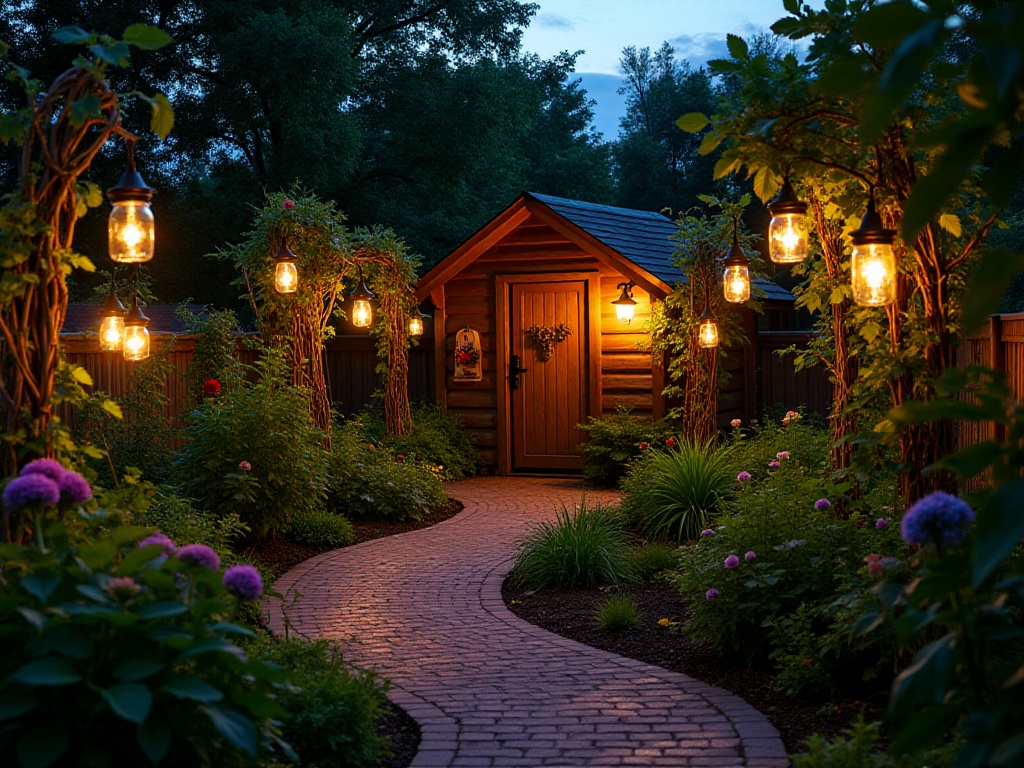
Planting Techniques
Regarding what to plant, I recommend beginners start with some easy-to-grow plants. Chives are a great choice - unless you deliberately mistreat them, they just keep growing back after harvesting, showing incredible resilience. Water spinach is also easy to grow and grows very quickly - you can enjoy your own fresh vegetables not long after planting.
For flowers, marigolds and periwinkles are beginner-friendly. They're not picky about soil, resist pests, and have a very long blooming period. The marigolds on my balcony bloom from spring to autumn, maintaining a golden display that's very therapeutic.
I learned about planting density the hard way. Once when growing Chinese cabbage, I thought the seedlings looked too sparse after germination and felt it was wasteful, so I sowed the seeds very densely. As a result, they all crowded together later, growing thin and weak, and were prone to disease. Now I strictly follow the spacing indicated on seed packages - better to look a bit sparse than not give plants enough growing space.
Seedling cultivation is also a skill. Now I always start seeds in seedling trays and transplant them to larger pots after true leaves appear. This not only increases survival rates but also saves space and resources. When nurturing seedlings, maintain soil moisture without overwatering - I use a spray bottle to gently mist them so I don't knock over the young plants.
Transplanting also requires special care. It's best to transplant on cloudy days or in the evening for better survival rates. Provide some shade for the first few days after transplanting to help plants gradually adapt to their new environment.
Planting depth is another science. Generally, seeds should be planted at a depth of 2-3 times their diameter. I once planted seeds too deeply, and they didn't have enough energy to break through the soil surface, dying underground.
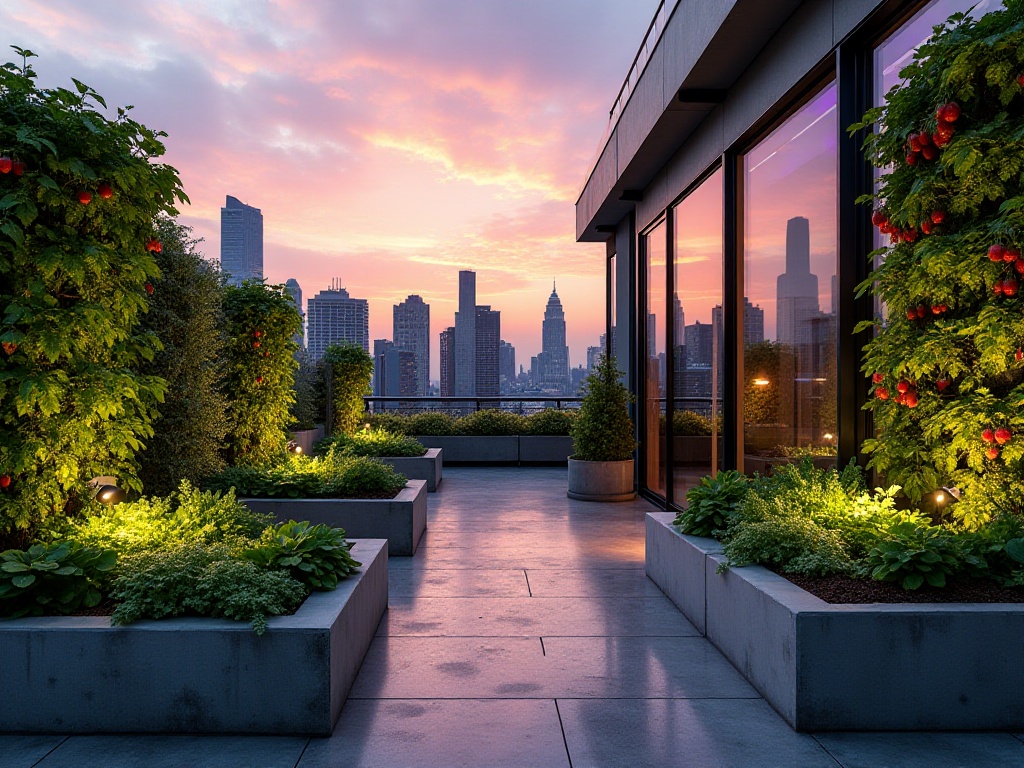
Daily Management
Watering is the easiest aspect to get wrong - I've learned this the hard way. When I first started gardening, I thought plants needed lots of water and often overwatered them, resulting in root rot in several pots. Later, I developed a simple method: insert your finger 2-3 cm into the soil - if it feels moist, no watering is needed; if it feels dry, water is needed.
Watering needs vary by season. In summer, plants need more water due to strong transpiration in hot weather; in winter, plants grow slower and need less water. I now adjust watering amounts based on season and weather conditions.
Timing of watering is also important. It's best to water in the morning or evening to avoid rapid evaporation from direct sunlight. Watering at noon can cause water droplets to act like magnifying glasses and burn plant leaves.
Fertilizing is also technical. I mainly use organic fertilizers now, like farmyard manure, bone meal, and worm castings. While chemical fertilizers show quick results, they can burn roots and damage soil structure over time. Follow the principle of "light but frequent" fertilizing - apply small amounts regularly rather than large amounts occasionally.
For pest control, I mainly use physical and biological methods. I've planted pest-repelling plants like marigolds, mugwort, and mint on the balcony - their scents help drive away harmful insects. When I spot small insects, I spray them with soapy water, which is both environmentally friendly and effective.
Wind protection is also important, especially for those living in high-rise buildings. I installed windbreaks on my balcony railings that both block wind and provide shade. During rain, move plants to sheltered areas to prevent soil from becoming too loose from heavy rainfall.
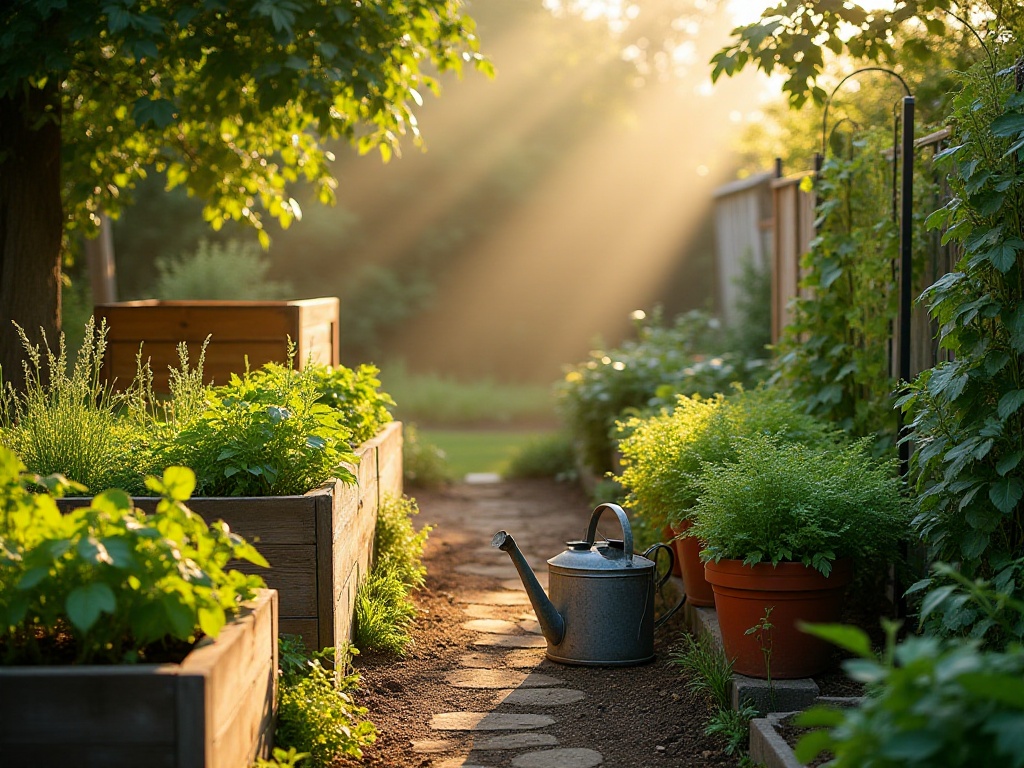
Practical Tips
Tool storage is really important. I set up a dedicated tool storage area on my balcony, using hooks to hang various tools, saving space while keeping them accessible. Shovels, scissors, and watering cans each have their designated spots - I return them immediately after use to prevent rust or damage.
I also set up a simple vegetable washing station on the balcony - just a large plastic basin specifically for washing freshly harvested vegetables. It's not only convenient but also keeps soil from spreading everywhere. The washing water can be reused for watering plants, making it environmentally friendly.
Label management is important too. I label each plant with its planting date and variety name. This helps with management and learning from experience. I also use my phone to record each plant's growth, taking photos for comparison - watching plants grow day by day is very rewarding.
Proper waste sorting is essential. I have two garbage bins - one for organic waste for composting, and another for other waste. Pruned branches and leaves without pests or diseases go into the compost bin; those with problems are disposed of separately to prevent spreading to other plants.
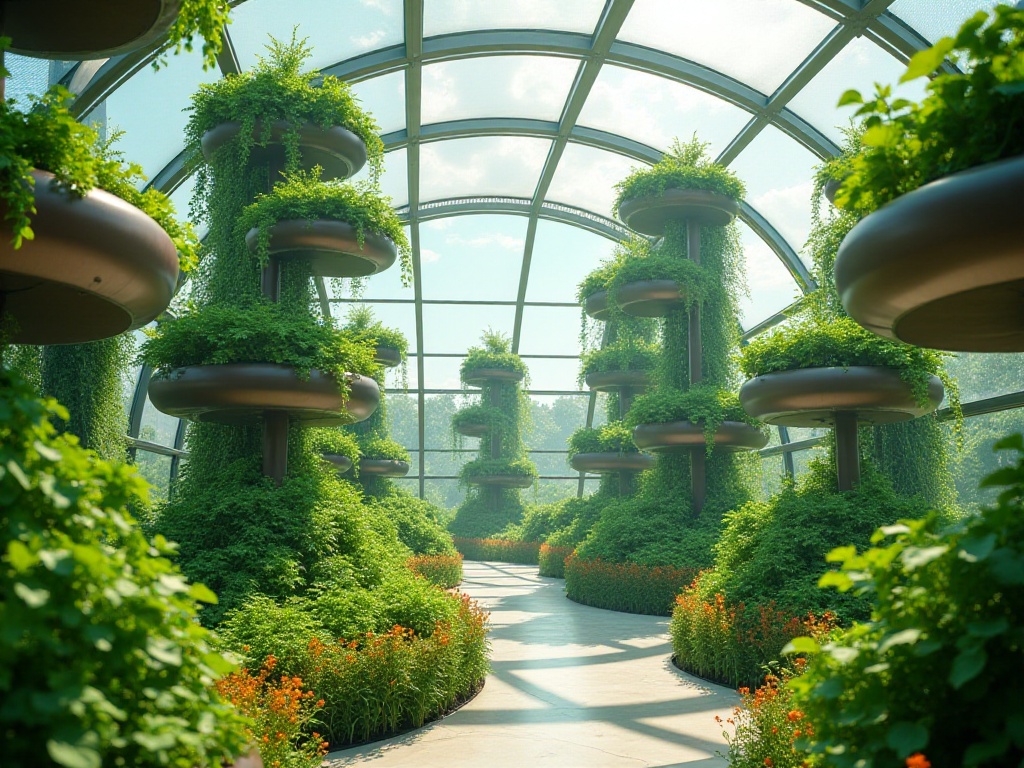
Final Thoughts
Honestly, gardening is an incredibly interesting activity. It has taught me patience and focus, and given me a greater appreciation for life. Every morning, the first thing I do is check on my plants, water them, fertilize them, and prune them - simple tasks filled with anticipation and joy.
I've found that caring for plants is also a process of nurturing your inner self. Watching seeds germinate, grow, flower, and fruit is like watching your own children grow up - it's incredibly fulfilling. Through caring for plants, I've learned to pay more attention to details and become more patient and responsible.
Finally, I want to say that growing flowers and vegetables isn't difficult - the key is putting your heart into it. Even though you might encounter various problems at first, if you persist, you'll find methods that work for you. I hope everyone can find joy in balcony gardening and harvest their own little happiness.
What specific plants would you like to learn more about growing? Feel free to share your thoughts and experiences in the comments. Next time, I can share detailed growing techniques for various plants - let's explore more joy in the world of gardening together!
Next
After 3 Months of Completely Changing My Diet, I Found My Quality of Life Improved by 80%
A comprehensive guide to healthy living, covering balanced nutrition principles, regular exercise routines, and essential wellness maintenance methods to help establish scientific eating habits and a healthy lifestyle
Beginner's Guide to Balcony Gardening: Creating Your Urban Garden Dream from Scratch
A comprehensive guide covering gardening basics, soil maintenance, plant care techniques, and practical gardening tips to help beginners create and maintain a healthy garden while mastering essential cultivation methods
Growing a Garden on My Balcony: 20 Essential Tips for Beginner Vegetable Gardeners
Explore practical gardening techniques covering garden space planning, seeding methods, sustainable practices, and tool management, helping gardeners optimize planting space, protect seedlings, and maintain gardens in an eco-friendly way
Next
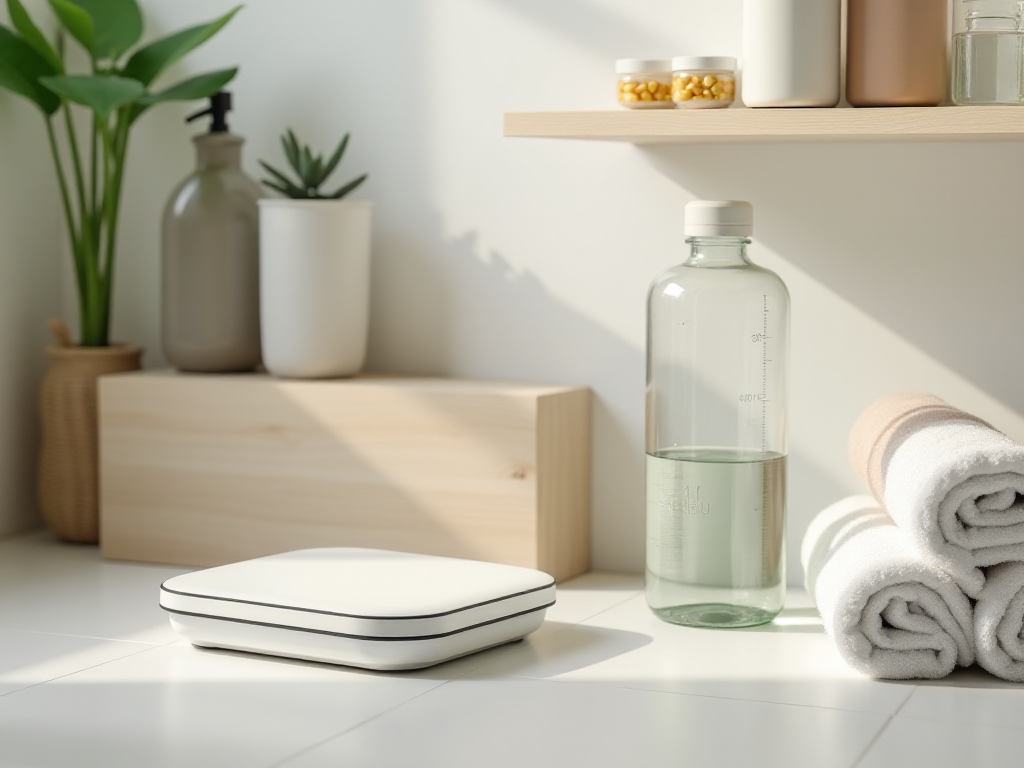
After 3 Months of Completely Changing My Diet, I Found My Quality of Life Improved by 80%
A comprehensive guide to healthy living, covering balanced nutrition principles, regular exercise routines, and essential wellness maintenance methods to help establish scientific eating habits and a healthy lifestyle
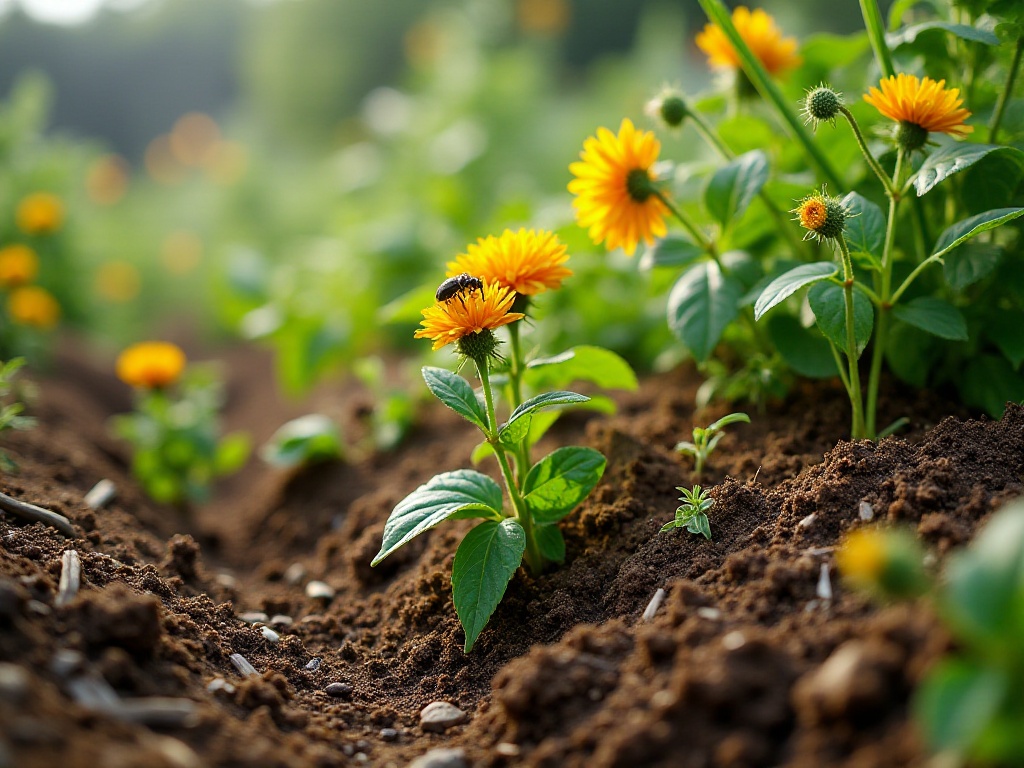
Beginner's Guide to Balcony Gardening: Creating Your Urban Garden Dream from Scratch
A comprehensive guide covering gardening basics, soil maintenance, plant care techniques, and practical gardening tips to help beginners create and maintain a healthy garden while mastering essential cultivation methods
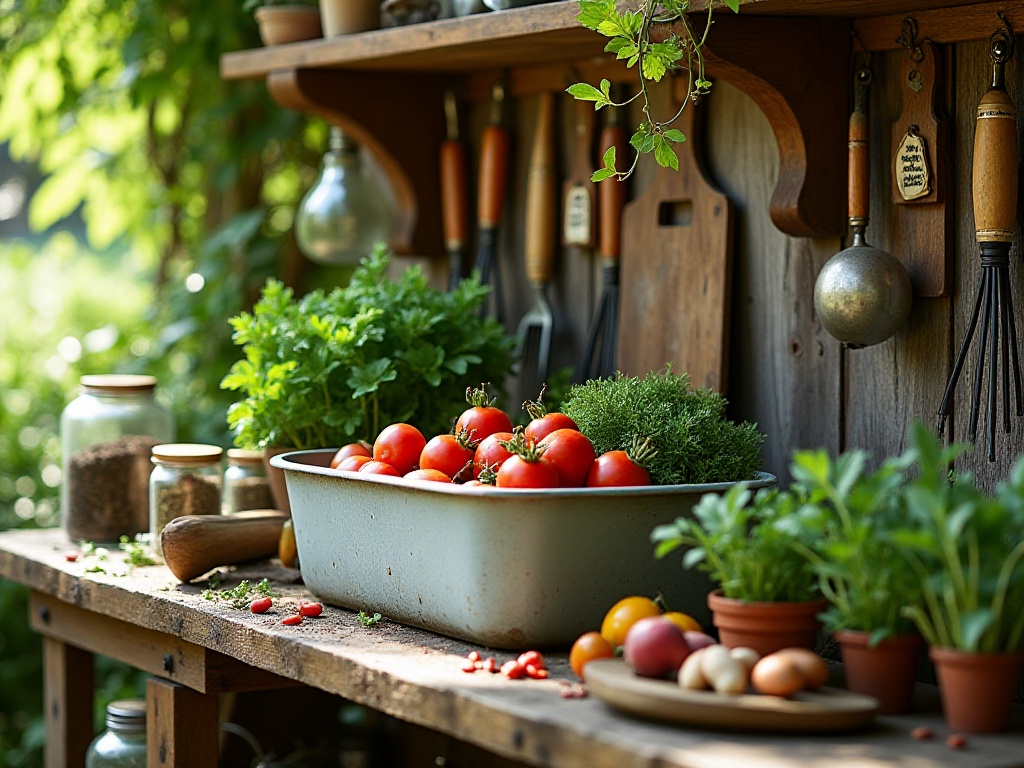
Growing a Garden on My Balcony: 20 Essential Tips for Beginner Vegetable Gardeners
Explore practical gardening techniques covering garden space planning, seeding methods, sustainable practices, and tool management, helping gardeners optimize planting space, protect seedlings, and maintain gardens in an eco-friendly way

